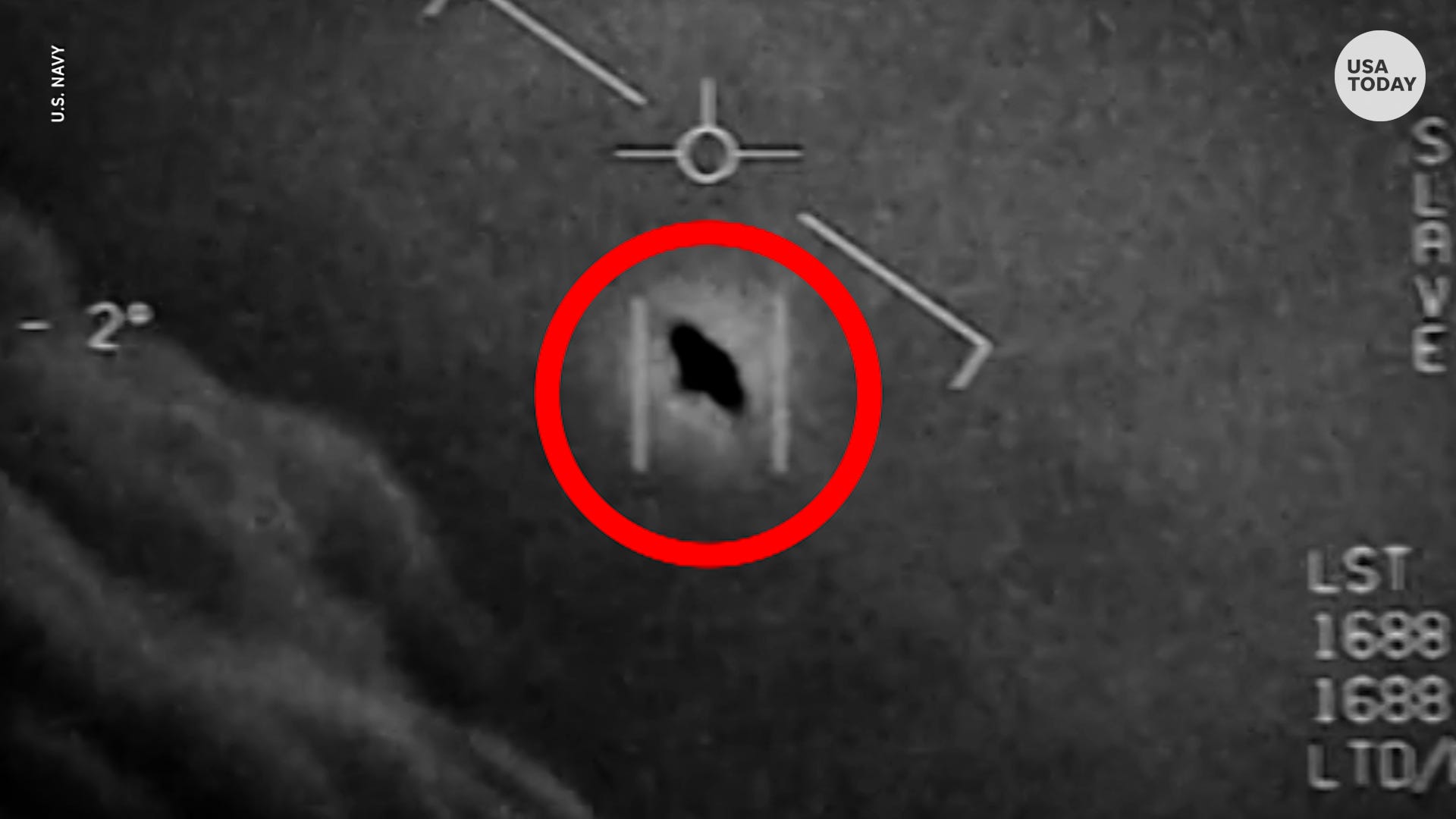

An upcoming Pentagon report on UFOs isn't expected to determine what the mysterious flying objects observed by Navy pilots are, but NASA is now among the government agencies interested in finding out.
In an interview with CNN, Bill Nelson, the space agency's new administrator who is a former Florida senator and spaceflight veteran, cast doubt on one explanation — that the objects are simply optical illusions. He added “I think I would know” if UFOs are evidence of extraterrestrials visiting Earth, although Nelson admitted it’s too early to rule out that possibility.
He said he began asking NASA's scientists to investigate during his first month on the job.
"We don't know if it's extraterrestrial. We don't know if it's an enemy. We don't know if it's an optical phenomenon," Nelson said. "We don't think [it's an optical phenomenon] because of the characteristics that those Navy jet pilots described ... And so the bottom line is, we want to know."
Search for intelligent life:Aliens likely aren't visiting Earth, but scientists believe they're out there.
Details on government UFO report:Government UFO report finds no evidence flying objects are aliens
NASA press secretary Jackie McGuinness said Nelson has not assembled a formal task force to begin studying UFOs. However, researchers were directed to continue exploring and studying the topic as they see fit, according to CNN.
USA TODAY has reached out to McGuinness for comment.
"There's not really a lot of data and ... scientists should be free to follow these leads, and it shouldn't be stigmatized," McGuinness told CNN. "This is a really interesting phenomenon and Americans are clearly interested in it [so if] the scientists want to investigate, they should."
This isn't the first time researchers have studied the question of whether life outside of Earth exists. In the past 25 years, researchers have discovered more than 4,000 exoplanets, including some Earth-like planets. These Earth-like planets may have the potential to harbor life.
In 2019, researchers using data obtained by the Hubble Space Telescope detected water vapor in the atmosphere of another planet with temperatures that could support life. Just last year, University of Manchester astrophysicist Christopher Conselice co-authored a study published in the peer-reviewed Astrophysical Journal estimating there could be 36 intelligent civilizations throughout our Milky Way galaxy. However, that's assuming it takes 5 billion years for intelligent life to form on other planets, as on Earth.
Although the government and NASA's studies may not point to extraterrestrials, it could lead to an explanation to other phenomenons.
"The report on the unidentified aerial phenomena is really important because these certainly are things people have seen," Conselice said. "It’s extremely unlikely, I think, that it's aliens visiting Earth, though that is the most exciting theory of course."
Conselice said he suspects the reports amount to "strange reflections" or "atmospheric phenomenons."
Follow Gabriela Miranda on Twitter: @itsgabbymiranda
Contributing: Doyle Rice and Grace Hauck, USA TODAY.
Source link









